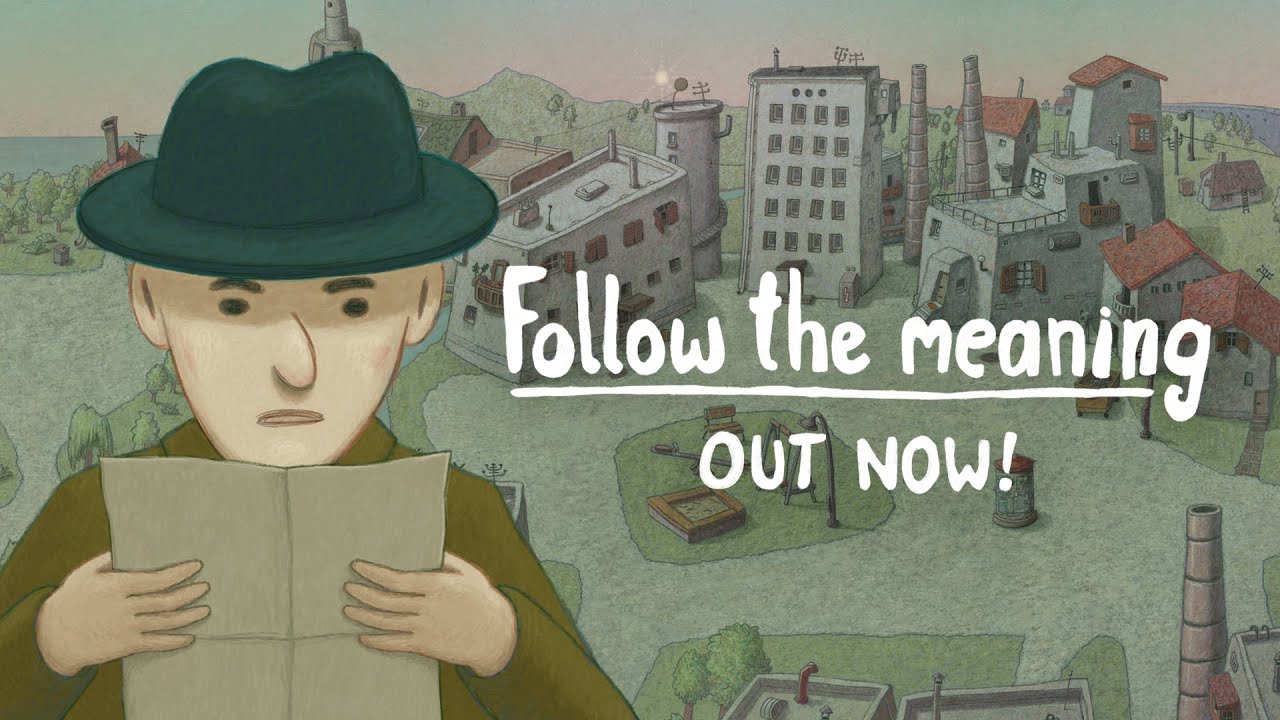I love a bit of weird tech shoved inside of other weird tech. In fact, it’s one of the reasons I write about hardware to this day, and one person turning their rotary phone into a Bluetooth headset might just be one of the best Frankenstein’s monster-style creations I’ve seen in a while. It’s alive!
As spotted by Hackaday, Jouke Waleson has had an old Dutch rotary phone called “1950” for 15 years and, over the last few weeks, has turned it into a functioning Bluetooth headset. In their blog, they go over the entire painstaking process of putting it all together, and it’s all rather fascinating.
They did this with an ESP32 microcontroller, which is a chip controller with both Wi-Fi and Bluetooth capabilities. Importantly, they managed to get it working in a Google Meet, being able to both speak and hear unwitting colleagues. Woukes says a participant who listened to the sound quality said, “I didn’t know how much I missed the different sound quality! Beautiful. We could hear you very well, not distorted.”
After gutting the original phone, and noticing the 3.5 mm jack they put there for a different project a decade prior, they checked all the individual parts worked, and they bought a new stereo ADC board to convert analogue signals and a DAC decoder. “I spent like two full days trying and learning about the microphone and I2S and could tear my hair out at some points. Without an oscilloscope to see what’s actually going this would have been impossible.”
If you have any desire to make this, or something like it, yourself, you can actually access the Github with some more information for inspiration, as well as a YouTube video going over how exactly it all works.
In this, Waleson turns it on, where the phone flashes indicators, and then they pick it up to show off Google Assistant integration. Once they pick it up and ask Google what is on their agenda, Google then tells them what’s on their calendar. It can not only connect to their other devices via Bluetooth but even works as a phone by using the numbers on the device itself. It’s a frankly bizarre bit of ingenuity that I adore.
Perhaps the most practical element of a device that (let’s be real) isn’t necessarily designed to be practical is that Waleson wants to put it on their bedside table so they can leave their phone behind at night. For that purpose, this is a lovely DIY project that may be a bit more useful than its looks imply.



